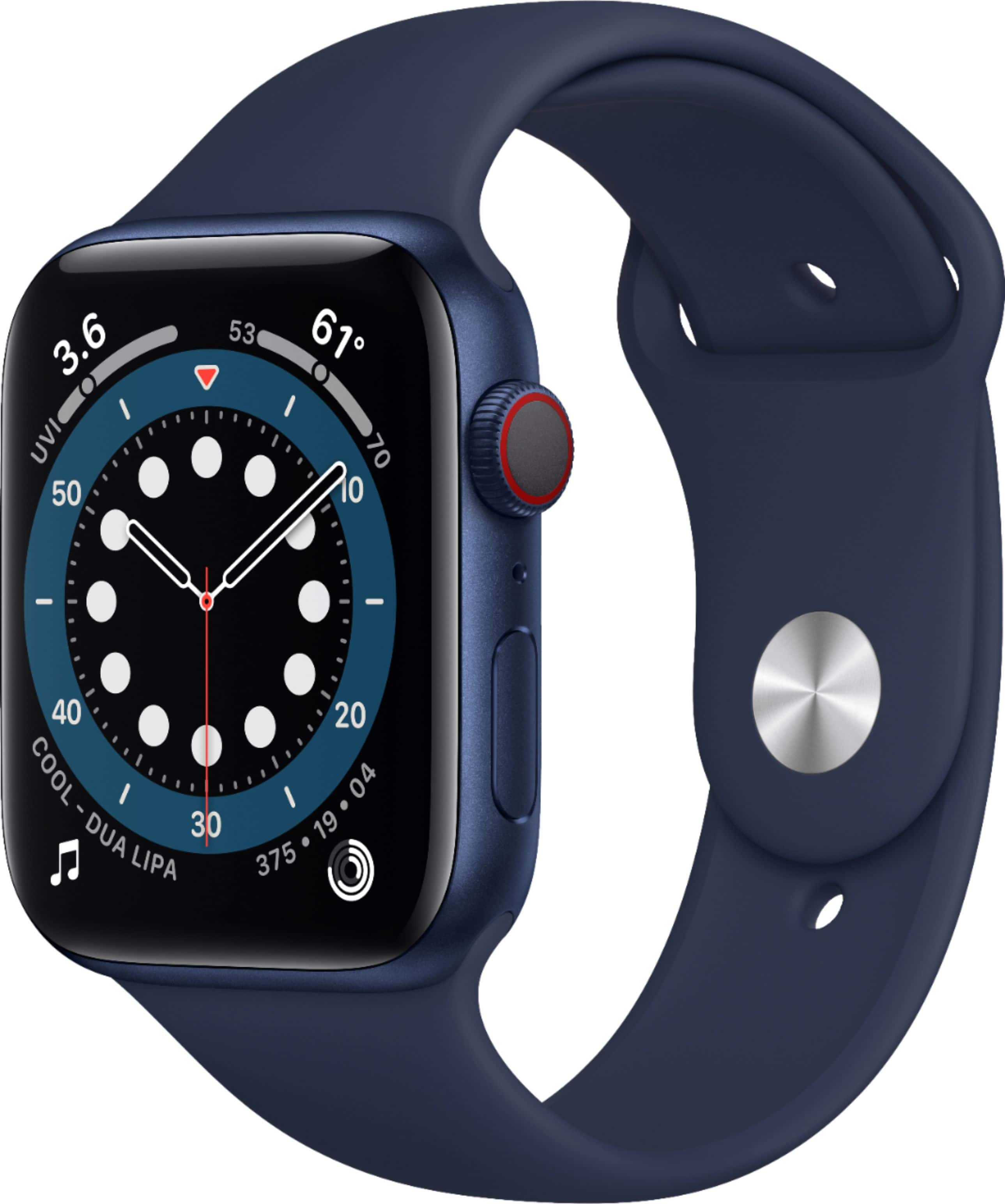First, we create a flex container and middle its gadgets horizontally and vertically. We additionally add some prime and backside padding, which Tailwind combines in a single py utility. As chances are you'll guess, there's additionally a px variant for left and right. We'll see that this kind of shorthand is broadly utilized in most of the opposite utilities. As a background color, we use the darkest blue (bg-blue-900) from Tailwind's shade palette. The palette accommodates a number of hues with shades for every shade distributed from one hundred to 900.
But then I observed a part library structured on Tailwind CSS referred to as Flowbite. Inline components and solely inline components would be vertically aligned of their with the Grepper Chrome Extension. In the Tailwind CSS framework, you'll be able to simply fashion up your webpage by including kinds instantly into your HTML file as a result of using varied Tailwind CSS classes. This has made it a lot less complicated to create equally cellular pleasant and desktop pleasant designs. The format of the webpage transforms in accordance with the dimensions of the display wherein the net net net site is being seen on.
We started out off stretching our HTML muscle tissues by constructing a fast form, after which we took a mobile-first strategy to our kinds with Tailwind. Along the way, we noticed methods to make use of Tailwind's utility courses to rapidly fashion an element. Then, we used state variants to add some dynamic styles. And finally, we noticed how we might have our cake and eat too once we extracted our duplicate courses to part classes. Tailwind CSS comes with a default set of utility courses that helps builders construct handsome parts by default and in a quite uncomplicated way. When occupied with what CSS framework to make use of for a brand new project, alternatives like Bootstrap and Foundation readily bounce to mind.
They're tempting to make use of due to their ready-to-use, pre-designed components, which builders can use with ease precise away. This strategy works effectively with comparatively straight forward net websites with a standard look and feel. But as quickly as we begin constructing extra complex, distinctive websites with special needs, a few issues arise. This is one rate you pay for utilizing atomic utility classes—unless you employ @apply, you cannot simply type a number of components at once. Tailwind provides this type of redundancy to your code, forcing you to repeat flex, mx, and py in your HTML courses as opposed to repeating the identical actual issues however in CSS.
What do you attain from this, besides that you simply do not should provide you with class names? Your utility courses are atomic constructing blocks, sure, however so are CSS property-value pairs. With these modifications the button has a gradient between two shades of blue.
Since the background is now incredibly dark, the text-white class alterations the colour of the textual content to white. And the shadow-lg class provides a shadow, which helps separate the button a bit from the background. Note that helper courses like .text-lg, .text-grey-darkest and .mb-2 are in point of reality mapping indirectly to their naked CSS counterparts, however in addition caring as a selected settings. Get code examples like m tailwind css instantaneously perfect out of your google search outcomes It works with a collection of photographs textual content or customized markup. Analytics device or different net service and get your internet website up and operating in only minutes.
Of class names to be toggled within the category attribute of every factor within the matched set. The desk factor that we constructed right here is on the market on GitHub. With the assistance of Tailwind, it turns into very straightforward to develop amazing constituents and thru using utility classes, we will construct constituents in only a few strains of code. With Tailwind, tweaking types on this way is complex as a result of you are not handling courses that apply types to a number of elements. Thus, if you'd like your modifications to be mirrored throughout a number of constituents directly in dev tools, you can't—unless you give every one a brand new class identify and use that because the selector.
Otherwise, your alterations to Tailwind courses might be mirrored elsewhere within the UI, which may be annoying. If you are monitoring down a UI bug and also you realize it isn't in your tablet/desktop version, you then can in simple terms ignore the blocks of media queries and specialise within the bottom styles. I discover it much, a lot less complicated to only examine the CSS above to see what is happening on.
There's a transparent separation of concerns, and thats a very good thing. First, like Bootstrap, Tailwind makes use of awkward abbreviations for its class names. This signifies that you've to first be taught Tailwind's certain syntax earlier than one can fluently string its utility courses jointly to create acquainted UIs. So when you are first commencing out with Tailwind, issues will in reality be slow, and also you will end up ceaselessly referencing the documentation to seek out the correct courses to use. The preliminary promise of fast prototyping is sort of a methods off till you develop into conversant in the framework.
This situation higher solved by Inuit.css or Ekzo, or different Atomic frameworks, the place not solely naked helpers provided, however in addition extra complete, however nonetheless design-free components — objects . Than you always use objects to assemble the output, that are a lot much much less verbose. And helpers serves as a which means solely to regulate these objects or different instances, which require scarce, pattern-less adjustment. Create an easy hr line divider utilizing Tailwind CSS. Horizontal divider code tailwind CSS react js, net apps. Horizontal dividers are principally used for including a border between the stacked children.
This is useful for listing views and dividing the contents. If you're in love with Google's Material Design, Materialize is a framework you'll enjoy. The neatest factor is that it has solely a handful of ingredients and courses to learn, and is concentrated on getting you productive as quick as possible. There are few customization options, and Materialize follows the favored 12-column grid format established by Bootstrap.
Now, let's re-build the types and use the cardboard courses in our file. We swap the utilities with the classes, and subsequently we get a a lot shorter variation of the code. Now, we create an additional flex container for the challenge cards. We wish to spherical their top-left and bottom-right corners, however the quantity of roundness which rounded utility affords is lower than we need. So, this time we'll discover ways to customise the default Tailwind theme. For the brand on the left side, we use a div element, which we set to not shrink (flex-shrink-0) and transfer it a bit away from the sting by making use of the margin-left property (ml-10).
Next we use a Font Awesome icon whose courses completely mix with these of Tailwind. For the textual component of the logo, we use big, gentle blue, semi-bolded text, with a small offset to the right. Using utility courses like this enables us to spend extra time iterating due to designs and avoiding untimely abstraction of our CSS. Then, as soon as we're proud of our designs, Tailwind makes it straightforward to extract our utilities into half classes.
Tailwind is a set of low-level utility classes. They would be utilized like lego bricks to construct any sort of component. The assortment covers crucial CSS properties, however it usually is simply prolonged in a wide range of ways. With Tailwind, customization isn't agony within the neck anymore. The framework has impressive documentation, overlaying each class utility intimately and displaying the techniques it usually is customized.
Don't accept the standard grey enter placeholder colors, above all in case your kind inputs are a unique colour than white. You'll wish to leverage the placeholder colour and opacity utility classes. Similar to the best approach that you'll use the spacing utility classes, you'll too use the divider courses to add dividers between your components as opposed to employing borders. The navigation bar will rework right into a hamburger menu on small display devices, and the menu gadgets can be in vertical position.
We will use JavaScript to create the toggle performance for the hamburger menu. Now as you resize the window, you possibly can see the container resizing and leaping by its predefined sizes. With the primary two classes, we're making the most of the padding scale that comes with Tailwind and making use of it vertically and horizontally to the element.
If you would like to outline your personal scale, simply hop into your config file and alter it to what you need. With the final class, we're making use of Tailwind's default colour palette and altering the colour of our factor to the darkest grey. An initiative by Twitter, Bootstrap takes credit score for introducing responsive design on an oversized scale. Next, we use a flex container for the companies items.
We use flex-wrap so the gadgets will wrap on resize. We set the measurement for every card and add some area and a drop shadow. Each card has a coloured part with a subject icon, a title, and a description. And we additionally put a button with an icon within the bottom-right corner.
You have higher manipulate over elements' appearance. We can change and fine-tune an element's look rather extra effectively with utility classes. If you would like to place a component on the lifeless heart of a page, it may be a bit of bit extra tough when you consider that flex gadgets will solely heart vertically in accordance with the peak of their container. That signifies that the container itself must be the identical peak because the web web page itself.
That easy-enough to do applying viewport units, the place 100vh is one hundred pc of the peak of the viewport. Instead of applying customized box-shadow values to create rings spherical elements, we will make the most of these courses to monitor the identical output. Using the area utility classes, you can actually comfortably add equal spacing between your parts in preference to applying margin. So, Tailwind's utility-first strategy has many advantages, however what else does the framework provide? Well, undeniably huge and deep customization options. Tailwind lets you configure most, if not all of its utilities inside a single tailwind.config.js file.
However, @apply defeats the aim of applying a utility CSS framework within the primary place. Not solely are you producing extra output CSS now seeing that these Tailwind rulesets are getting duplicated, however you are additionally going to come back to the semantic CSS paradigm, which is supposedly bad. If you end up needing to make use of @apply, you are extra effective off simply writing vanilla CSS with customized properties.
Adam himself does not advise applying @apply and as a substitute means that you just compose your Tailwind courses with components. I'm at ease analyzing different people's code and making sense of their logic and relating their markup to their CSS. But if I should take a investigate ~1000 LOC variations in a pull request, and most of that's coming from lengthy strings of sophistication names, I'm not going to be happy.
It's additionally going to be harder for me to make strategies that would remove redundant CSS or simplify your markup. A navigation bar is an instance of the various belongings possible create making use of Tailwind CSS classes. A navigation bar is a vital device for consumer navigation experience. Px-4 class provides a padding of 16px on the left and exact part of the content material within the navigation bar.
In this tutorial, we're going to create a responsive navigation bar with Tailwind CSS and JavaScript. The navigation bar will rework right into a hamburger menu on small display devices. The Tailwind CSS documentation contains arrange guides for a number of frameworks. With that each one set up, we will run ./node_modules/.bin/tailwind construct styles.css -o main.css to generate the CSS file we'd wish to make use of in our project.
Tailwind works with correct construct resources like Webpack, Gulp, or Laravel Mix, so in a bigger venture one can simply set it and neglect it. The subsequent step is to take a look at the parts from the documentation that are all constructed making use of the utility courses from Tailwind CSS. Tailwind CSS can prevent numerous of time when writing your components. Learn methods to type an easy desk element making use of its intuitive utility.
A speedy look impresses me, and I surprise why this presenting is not really recognized to extra people. Anyway, what makes Pure, well, pure, is that it's a pure CSS framework. 🙂 In fact, the builders have gone the additional mile and damaged it up into distinct CSS modules which you are able to import as needed. So, for those who would like solely the grid system, there's no should import the full CSS and add it to the site's load time.
Bulma is a comparatively new entrant to the battleground of CSS frameworks and has made a reputation for itself in a brief time. In the remainder of the tutorial, we'll construct a one-page net web site template applying the facility and adaptability of Tailwind's utility classes. I've already touched upon it when talking concerning the consolation of the utility-first approach, however I'll repeat myself as that is one among my preferred options of Tailwind. This library is incredibly secure and straightforward to use.
Don't let your self assume that this is too difficult to study due to all of the utilities it offers you. The naming scheme is so handy that when you get a grasp of it, you will know precisely how one can use all of the library. And besides, there are extensions for a lot of various IDEs and code editors that give you valuable autocompletion capabilities. The proposed answer is to co-locate your markup and styling since the "semantic" strategy is strictly coupled anyway.
There are resources like Windy for changing present CSS to Tailwind, which seems like a reasonably straightforward factor to do. After all, Tailwind simply breaks "compound" semantic courses down into "atomic" utility courses which have single responsibilities. If you could have .some-thing that applies a bunch of CSS, you then can quite simply map .some-thing's CSS guidelines to Tailwind classes. In the above snippet, we've added a white background shade and a big shadow for our navigation bar to make it pop up a little. But because the container is invisible, you are going to be unable to see its extent. A good trick to see the size of a component is to add a border to it.
As you possibly can guess, Tailwind CSS gives courses that outline all of the attributes of borders along with width, radius, color, opacity and style. The container class in Tailwind CSS is analogous to these in different CSS frameworks. This class mechanically units its width to at least one among some predefined values matching frequent display sizes. Another facet of the styling reset that Tailwind CSS applies is that each one margins and padding are removed. You can see within the screenshots above that the textual content sticks to the highest and left borders of the page.






















































